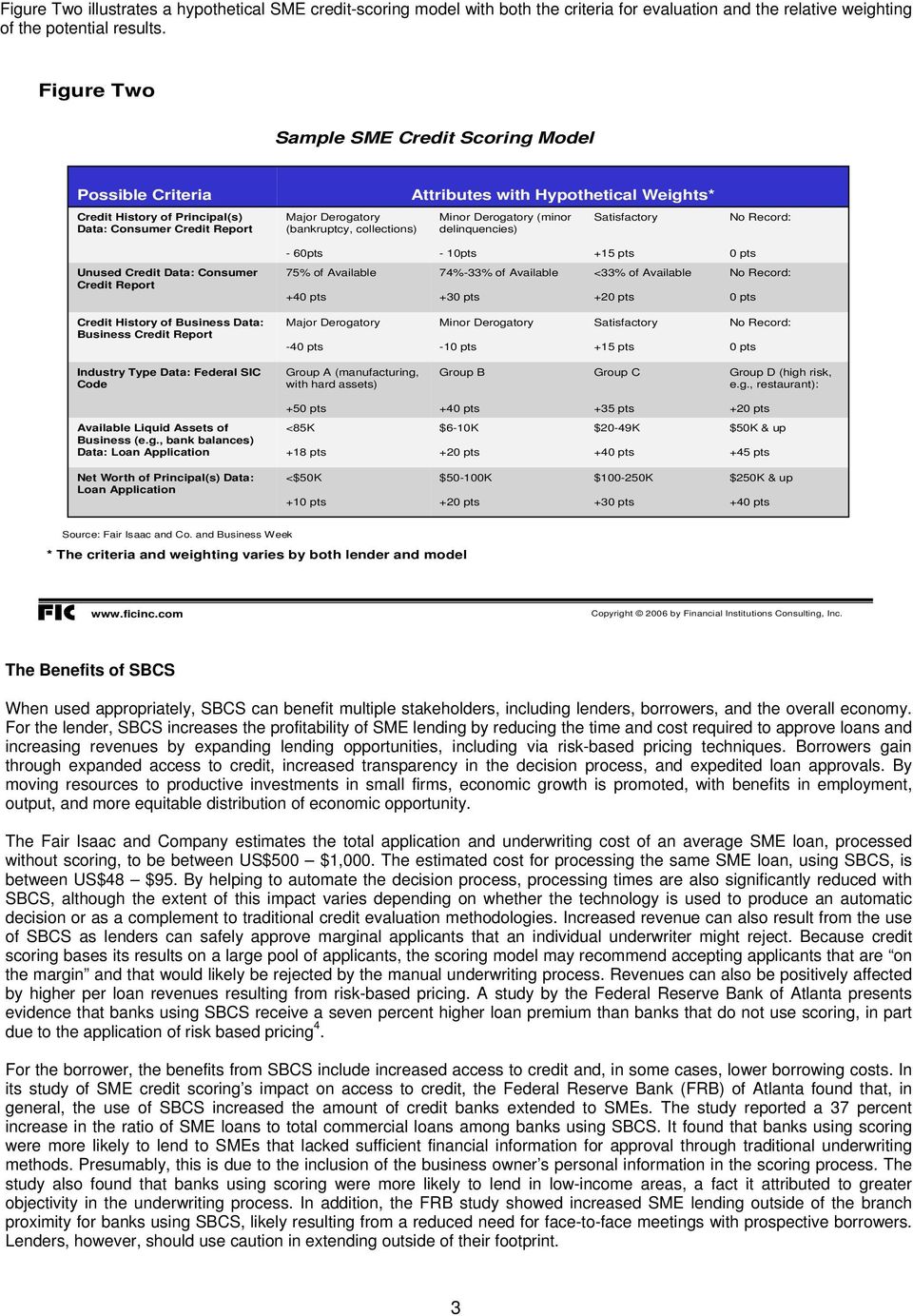
Many products and services are offered by credit card companies. One of the best ways to compare them is to go online. You can find websites that evaluate various products and group them according to their main functions. You can also use these websites to find student credit cards. These will list the rates and benefits. These sites will help you to understand the pros and con of each credit card.
Interest charges vary widely from card issuer to card issuer
The interest rates on credit cards can vary depending on who issued them. Some issuers charge "teaser fees" of zero percent for your first few months, while others charge up 40 percent for each month. Individual states can also set interest rates. In states such as South Dakota, where there are no interest rate limits, or Delaware, where the usury laws are weak, the rates may vary widely.
The interest rates charged on credit cards are different for different creditworthiness levels. Certain cards have higher rates for borrowers with less credit while others have lower rates for those who have better credit. The prime interest rate banks charge to their most creditworthy clients determines your interest rates.

Rates of interest can vary from one card issuer to the next
Although credit card rates can fluctuate, they are usually at 17% in the first six months of 2019. NerdWallet reports that interest rates for credit cards are determined by credit scores. A higher credit score is associated with lower rates. Credit scores that are higher than average are more likely for consumers to repay their debts.
A new regulation governing credit card fees has led banks to increase their interest rates and others to raise fees. The Federal Reserve advises consumers to make comparisons and research the fees associated with credit cards.
Benefits of a credit card balance transfer
While balance transfers may seem like an excellent way to improve your credit score, you should also keep in mind that they don't always provide instantaneous results. If you don't make your payments on time, you could end up with more debt or a higher debt-to-credit ratio. Balance transfers can also negatively impact your credit score and lead to an increase of your interest rate.
A balance transfer allows you to move your credit card balance onto a card that has a lower interest rate. This can lower your monthly payments and make it easier to pay off your balance quicker. Many balance transfer credit cards offer an introductory period with 0% APR. These rates are available for between 12 and 21 months.

Interest expenses on credit card loans
The amount you borrow and whether or not you balance transfer, as well as the type of purchase, will affect the interest rate on credit card loans. The interest rate on your credit card may also differ based on your credit score and the credit card issuer. The APR (annual percentage rate) measures interest expenses over one year.
You must pay interest on credit cards as an ongoing expense. Most issuers calculate interest expenses as an annual percent rate (APR), which can be found in the terms and condition. The APR may fluctuate depending on federal rates. Credit CARD Act of 2009 forbids issuers to increase the rate without prior notice.